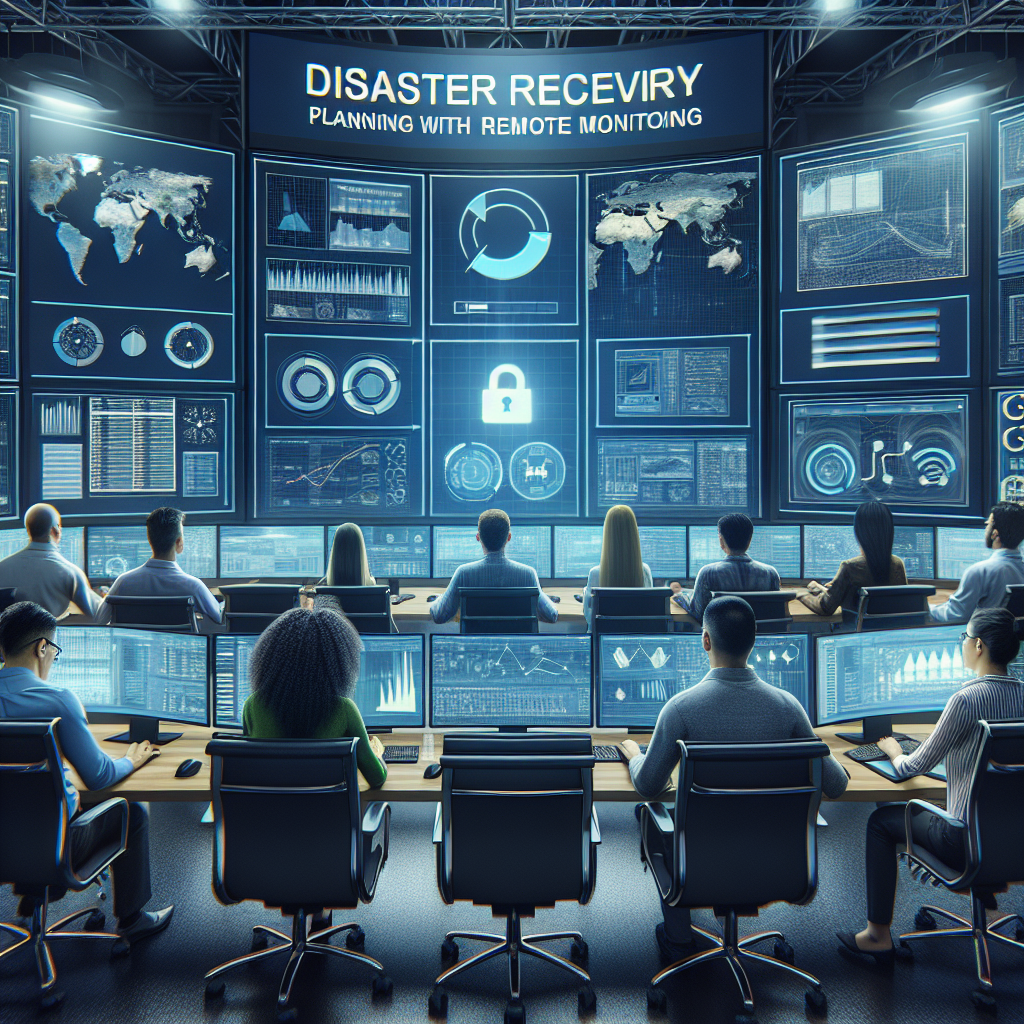Your cart is currently empty!
The Role of Remote Monitoring in Disaster Recovery Planning

Disasters can strike at any time, from natural disasters like hurricanes and earthquakes to man-made disasters like cyberattacks and power outages. In order to protect their businesses and ensure continuity in the face of such events, organizations must have a solid disaster recovery plan in place. And a key component of any effective disaster recovery plan is remote monitoring.
Remote monitoring involves the use of technology to monitor and manage a company’s IT infrastructure from a remote location. This can include monitoring servers, networks, applications, and other critical systems in real-time, allowing IT teams to quickly identify and respond to any issues that arise.
One of the major benefits of remote monitoring in disaster recovery planning is the ability to detect problems before they escalate into full-blown disasters. By continuously monitoring systems and applications, IT teams can identify potential issues early on and take proactive measures to address them before they cause any significant downtime or data loss.
Remote monitoring also plays a crucial role in ensuring that critical systems are backed up and secure. By monitoring backup systems and data replication processes, organizations can ensure that their data is protected and accessible in the event of a disaster. This can help minimize downtime and ensure that business operations can resume as quickly as possible following a disaster.
In addition, remote monitoring can help organizations comply with regulatory requirements and industry standards related to disaster recovery and data protection. By monitoring systems and documenting processes, organizations can demonstrate that they have taken the necessary steps to protect their data and ensure business continuity in the event of a disaster.
Overall, remote monitoring is a critical component of any effective disaster recovery plan. By continuously monitoring systems, applications, and data, organizations can proactively identify and address potential issues, minimize downtime, and ensure business continuity in the face of disasters. Investing in remote monitoring technology can help organizations better protect their data, minimize the impact of disasters, and ensure that they are able to quickly recover and resume operations following a disruptive event.

Leave a Reply